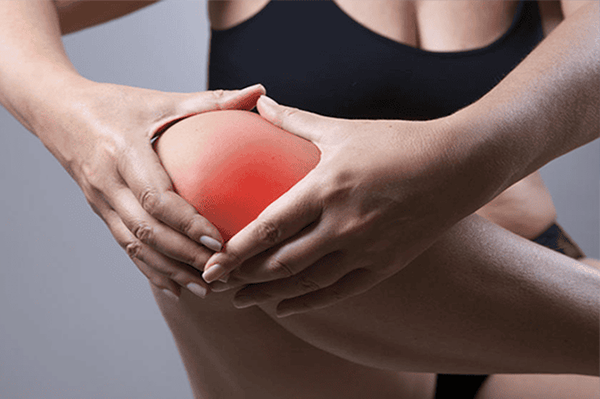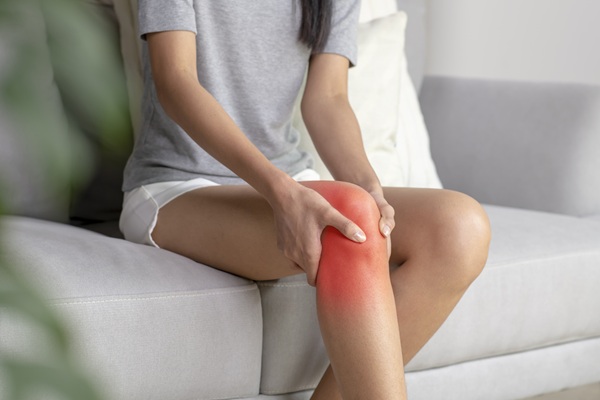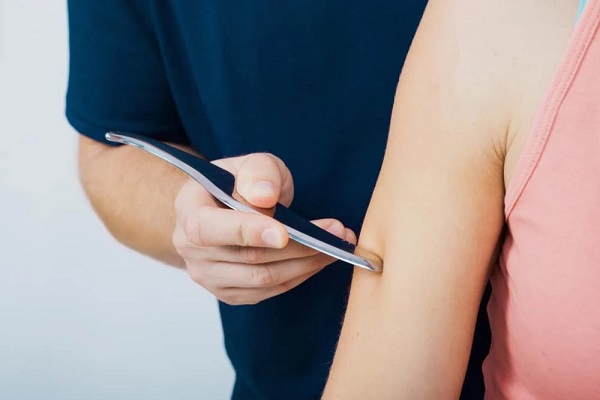Knee ligament sprains are a common injury that can impact mobility and quality of life. Whether you’re an athlete, an active individual, or someone experiencing age-related joint issues, understanding this condition is key to recovery and prevention. This guide covers everything from causes and symptoms to treatments and preventive measures.
1. What is a Knee Ligament Sprain?
A knee ligament sprain occurs when the tough, fibrous bands of connective tissue—made of strong collagen fibers—are overstretched but not fully torn. Ligaments connect bones to stabilize the knee joint and support smooth movement. When sprained, these ligaments lose some of their ability to hold the joint tightly, leading to looseness and restricted motion.

The knee has four main ligaments:
-
Medial collateral ligament (MCL): Prevents the knee from bending outward.
-
Lateral collateral ligament (LCL): Stops the knee from bending inward.
-
Anterior cruciate ligament (ACL): Keeps the knee from sliding forward.
-
Posterior cruciate ligament (PCL): Prevents backward sliding.
A sprain can affect one or more of these ligaments, causing discomfort and reduced stability
2. Causes of Knee Ligament Sprains
Knee ligament sprains can result from various factors, including:
-
Sports injuries: Sudden twists, rapid pivots, or high jumps—common in soccer, basketball, gymnastics, or track—can overstretch ligaments. Landing awkwardly or colliding with others increases the risk.
-
Daily activities: Incorrect running form, tripping, or blunt trauma from accidents can strain ligaments.
-
Aging: As we age, ligaments lose elasticity, making them more prone to injury, especially in older adults.
-
Medical conditions: Inflammatory diseases like rheumatoid arthritis or bacterial joint infections can weaken ligaments over time.
Understanding these triggers helps in both treatment and prevention strategies.

3. Symptoms of Knee Ligament Sprains
Recognizing the signs of a knee ligament sprain is crucial for timely care. Common symptoms include:
-
Immediate pain: Sharp or intense pain at the knee, often lasting hours after the injury.
-
Swelling and bruising: The knee may swell significantly, sometimes making walking impossible without assistance.
-
Joint instability: After 2-3 weeks, pain and swelling may subside, but the knee feels loose. Activities like running or standing on one leg become challenging, and balance is compromised.
-
Muscle atrophy: Over time, the thigh muscle on the injured side may shrink compared to the healthy side, reducing overall leg strength.
-
Long-term complications: Untreated sprains can misalign the knee joint, accelerating cartilage wear and leading to osteoarthritis.
Symptoms vary based on age, activity level, and injury severity, with athletes often noticing reduced performance first.
4. What to Do When You Have a Knee Ligament Sprain?
If you suspect a knee ligament sprain, avoid self-treatment and consult a specialist promptly. Here’s what to do:
-
Seek medical advice: Diagnostic tests like X-rays or MRI scans assess the knee’s condition, including ligaments, cartilage, and menisci.
-
For mild sprains, try home care:
-
Rest: Avoid strenuous activity and elevate the leg to reduce swelling.
-
Ice: Apply cold packs (wrapped in cloth) for 15-20 minutes every few hours within the first 48 hours to ease pain and swelling. Avoid heat, as it can worsen inflammation.
-
Compression: Use a knee brace or elastic bandage to stabilize the joint, following a doctor’s guidance on duration.
-
Medication: Over-the-counter anti-inflammatory drugs may help, but only use them as prescribed to avoid side effects.
-
Immobilization: A brace or splint may be recommended for a few weeks to aid healing.
-
Early intervention prevents long-term damage and supports faster recovery.

5. How Long Does It Take to Recover from a Knee Ligament Sprain?
Recovery time depends on the sprain’s severity:
-
Mild sprains: Typically heal in 3-4 weeks with proper rest and care, allowing a return to normal activities.
-
Moderate to severe sprains: May require 2-3 months or more, especially if ligaments are significantly stretched.
Healing success hinges on adherence to treatment plans and avoiding premature stress on the knee. Incorrect care can lead to persistent swelling or chronic instability.
6. Fastest Ways to Treat and Recover from Knee Ligament Sprains
Modern treatments, like those offered at Andora Clinics, combine advanced technology and personalized therapy for quicker recovery—often within a month for mild cases. Effective methods include:
-
Physical therapy: Tailored exercises strengthen surrounding muscles and restore knee stability. Supervised sessions ensure correct technique, unlike risky at-home workouts.
-
Shockwave therapy: This non-invasive method boosts collagen production, repairs damaged ligaments, and reduces pain, accelerating healing.
-
High-intensity laser therapy: Using powerful lasers, this treatment penetrates deep into the joint to reduce inflammation and promote cartilage repair.
-
Nutritional supplements: Ingredients like Glucosamine Sulfate, Chondroitin, and MSM support cartilage health, reduce joint friction, and slow degeneration. Consult a doctor before adding these to your routine.
These approaches minimize recovery time and enhance long-term joint health.

7. Do Knee Ligament Sprains Require Surgery?
Surgery is rarely needed for sprains. It’s typically reserved for:
-
Complete ligament tears.
-
Severe meniscus damage.
-
Athletes requiring full knee function for high-performance sports.
For most sprains, non-surgical treatments—rest, therapy, and bracing—are effective. Surgery carries risks like infection or prolonged recovery, so it’s avoided unless essential. A specialist’s evaluation determines the best course.
8. How to Prevent Knee Ligament Sprains
Prevention is better than cure. Follow these five key strategies to protect your knees:
-
Warm-up properly: Athletes should stretch and warm up thoroughly to prepare ligaments for activity. Tools like Rocktape can stabilize muscles during sports.
-
Moderate exercise: Non-athletes should avoid overexertion and build strength gradually to maintain joint flexibility.
-
Safety first: Follow traffic rules and workplace safety guidelines to minimize accidents.
-
Strength training: Exercises like squats or deadlifts (with proper form) bolster muscles and ligaments supporting the knee.
-
Balanced diet: Foods rich in protein, calcium, and vitamin D (e.g., fish, dairy, eggs) strengthen bones and connective tissues.
By adopting these habits, you can significantly reduce your risk of injury.
Implementing these measures significantly reduces the risk of knee injuries. Andora Rehabilitation Clinic is a leading center for sports injury treatment in Vung Tau. Our physical therapy methods are flexibly tailored to suit each patient’s unique pain condition and physical characteristics.
Free consultation and condition assessment at Andora Orthopedic Clinic:
- Address: 123 Truong Cong Dinh, Vung Tau Ward, HCM City
- WhatsApp/Viber: (+84)87724 7272
- Facebook | X (Twitter) | Tiktok
Learn more about Musculoskeletal Disorders and Nutrition plans to effectively care for and restore musculoskeletal health.









